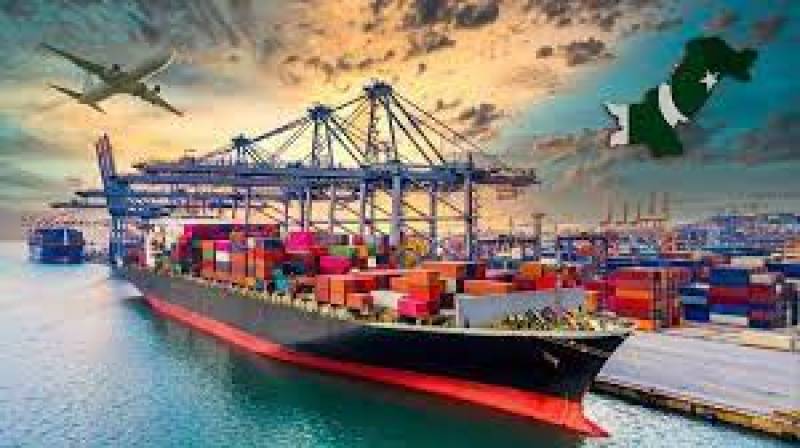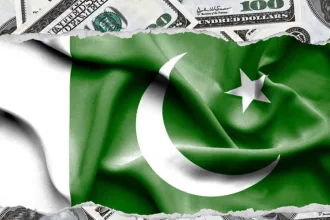On August 7, 2025, the Pakistan Bureau of Statistics (PBS) reported a 44% increase in Pakistan’s trade deficit for July 2025, which reached $2.75 billion, up from $1.91 billion in July 2024.
The surge was primarily driven by a 29.3% year-on-year increase in imports, totalling $5.4 billion, which outpaced a 16.9% rise in exports, amounting to $2.7 billion. Additionally, the month-on-month growth of imports was 12.4%, further widening the deficit from June’s $2.37 billion. This trend highlights the renewed pressure on Pakistan’s external balance at the beginning of the fiscal year.
For the fiscal year 2024-25 (July 2024–June 2025), the trade deficit increased by 9.3%, reaching $26.35 billion. Exports rose by 4.5% to $32 billion, while imports increased by 6.6% to $58.4 billion, according to data from the Pakistan Bureau of Statistics (PBS). In contrast, the services trade deficit decreased by 15.84% to $2.62 billion, with service imports totalling $11 billion and service exports at $8.4 billion. This reflects a 9.23% increase in service exports and a 2.01% rise in imports compared to the previous fiscal year (FY24), when service exports were $7.68 billion and service imports were $10.8 billion.
Read: Pakistan’s Budget Deficit Drops to 5.4% of GDP in FY25, Down from 6.8%
The rapid growth in imports, particularly consumer goods and raw materials, has strained Pakistan’s balance of payments, despite export gains. The 8.9% month-on-month export increase from June 2025 indicates some resilience, but the import surge underscores challenges in managing trade imbalances. Economists warn that sustained import growth could exacerbate fiscal pressures, especially with limited foreign exchange reserves.
The widening trade gap poses risks to Pakistan’s economic stability, potentially necessitating policy measures to boost exports and curb import dependency. The services trade improvement offers a positive note, but the overall deficit highlights the need for structural reforms to enhance competitiveness. The government’s efforts to stabilise the rupee and attract investment will be critical in addressing these challenges.






